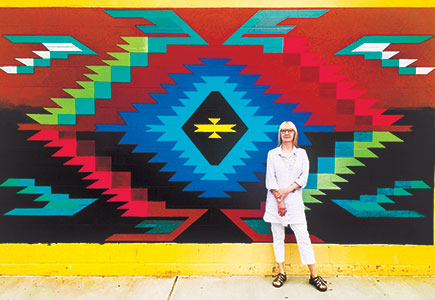
Editor's Letter: Empowerment
What’s your art teacher superpower? Do you have eyes in the back of your head (or have you convinced your students you do)? Do you present art problems that empower your students’ confidence in their ideas and skills and in their abilities to make their own choices whenever possible? Can you immediately switch gears to take advantage of a teachable moment or an unanticipated last-minute class time to fill?
Read Article









